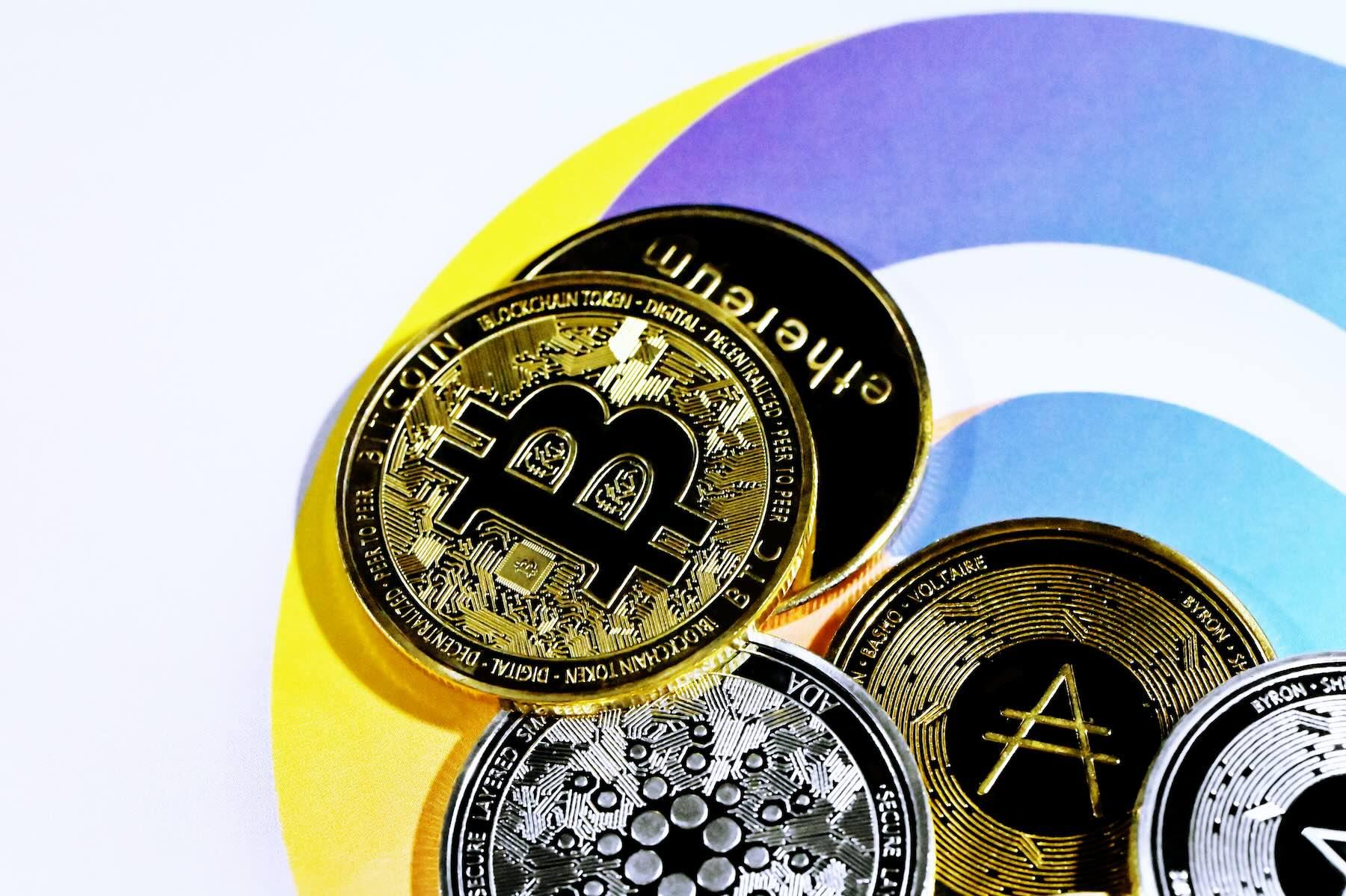The cryptocurrency world is dynamic and often volatile, with the winds of change bringing both innovation and instability. Since the inception of Bitcoin in 2009, the digital currency landscape has been populated by a multitude of alternative cryptocurrencies, known as altcoins.
These alternatives to Bitcoin have painted a picture of immense diversity in terms of technology and application, yet this diversity comes with its own set of challenges. In recent years, the crypto market has witnessed the rise and dramatic fall of numerous altcoins, highlighting the fragile nature of these digital assets.
In stark contrast to this volatility, Bitcoin has stood as a bastion of resilience, weathering the stormy swings of the crypto market with a steadiness that cements its status as the premier digital currency. Here is a detailed look at why Bitcoin is the most pure crypto.
Understanding Altcoins: Beyond Bitcoin
Bitcoin’s launch in 2009 marked the beginning of decentralized digital currencies. It wasn’t long before other cryptocurrencies emerged, offering different features and use cases.
These alternative cryptocurrencies are collectively known as altcoins. They include cryptos like Ethereum, Ripple (XRP), Litecoin, and thousands of others, each with unique attributes and purposes.
Altcoins often aim to address perceived limitations of Bitcoin, such as transaction speed, privacy features, or a different consensus mechanism (like proof-of-stake). Ethereum, for instance, introduced the concept of smart contracts, programmable contracts that automatically execute when conditions are met, expanding the use case of blockchain technology beyond simple transactions.
The Rise and Fall of Altcoins: Success and Scandal
Both remarkable success stories and alarming tales of failure and fraud have often marked the world of altcoins.
The initial coin offering (ICO) boom of 2017 saw a multitude of new altcoins enter the market, some of which showed significant promise. However, the lack of regulation and oversight also paved the way for fraudulent activities and scams.
One of the most notable cases in recent times is the collapse of FTX and its associated token, FTT. FTX, once a titan in the crypto exchange world, fell dramatically amid liquidity crises and allegations of misusing customer funds.
The downfall of FTX not only impacted its token’s value but also sent shockwaves across the entire crypto market, highlighting the risks and volatility associated with altcoins.
Other altcoins have also faced similar fates over the years, with projects disappearing, founders committing fraud, or simply failing to deliver on their lofty promises.
These incidents underscore the inherent risks in the altcoin market – issues like lack of regulatory clarity, over-speculation, and the challenges of ensuring project legitimacy.
Bitcoin: The Standard Bearer
In contrast to the tumultuous world of altcoins, Bitcoin has established itself as a relatively more stable and trusted entity in the cryptocurrency space.
Bitcoin’s primary advantage lies in its pioneering status and the extensive network security provided by its widespread mining community. It is often seen as “digital gold,” offering a store of value rather than just a medium of exchange.
Bitcoin’s simplicity is another factor that contributes to its resilience. Unlike many altcoins that try to incorporate multiple features and complex systems, Bitcoin sticks to its core premise – a decentralized digital currency.
This simplicity reduces the attack surface for potential vulnerabilities and makes it easier for users to understand and trust.
Bitcoin vs. Ethereum: The Primary Contender
Ethereum is frequently seen as the primary contender to Bitcoin’s dominance. While Bitcoin is a digital currency at its core, Ethereum is a platform for decentralized applications (DApps) and smart contracts. Ethereum’s functionality has led to the creation of a vibrant ecosystem of decentralized finance (DeFi) and other blockchain-based applications.
However, Ethereum faces its challenges. The platform has struggled with scalability issues, leading to high transaction fees and slower processing times during peak periods.
The ongoing transition to Ethereum 2.0, which aims to address these issues through a shift to a proof-of-stake consensus mechanism, is a significant undertaking that carries its risks and uncertainties.
